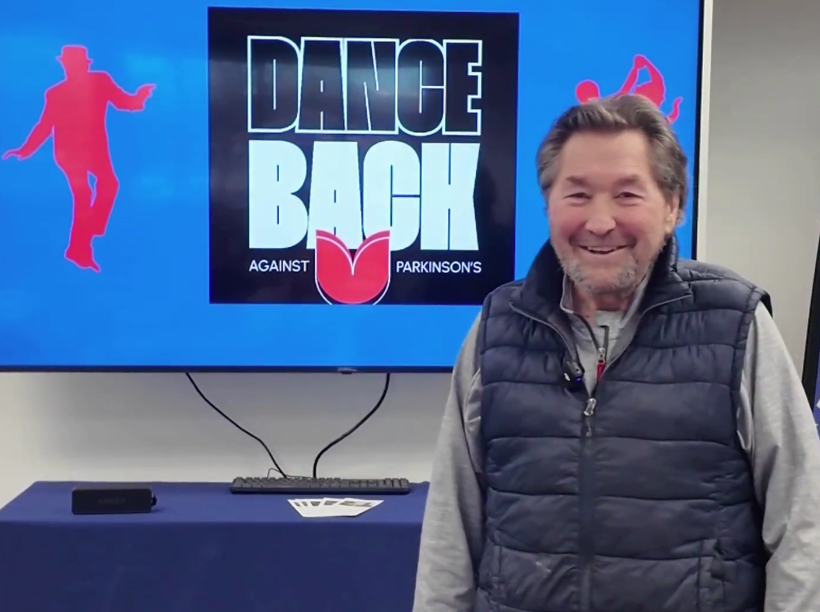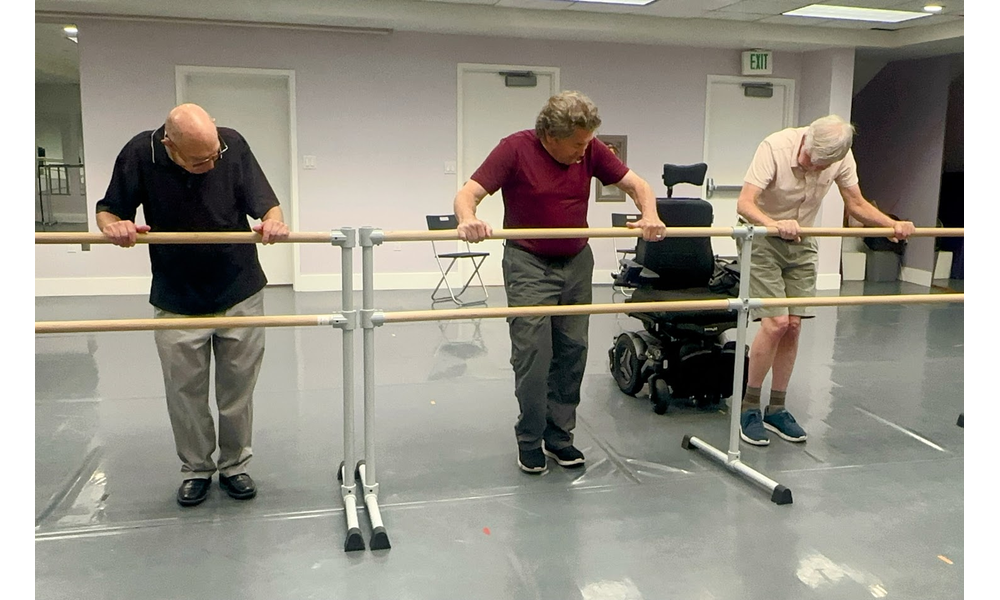Michael Clapier
CREATIVE DIRECTOR, DANCEBACK AGAINST PARKINSON'S DISEASE
Michael Clapier is a performer, athlete and coach who has spent more than three decades helping others build strength and confidence. After being diagnosed with Parkinson’s disease, he chose not to “fight back,” but to DANCEBACK—transforming movement into a tool for resilience and community connection.
Today he leads dance-based Parkinson’s exercise classes and outreach programs that improve coordination, balance and emotional well-being. Through his contagious optimism and hands-on encouragement, he empowers others with PD to stay active, social and hopeful. His work is built on one belief: movement isn’t just therapy — it’s freedom.
Join Michael Clapier for an exclusive live DANCEBACK class. Experience excercises that are safe and effective for people with Parkinson’s Disease that span across four domains: aerobic activity, strength training, balance, agility and multitasking and stretching. Paired with the fun and dynamic experience of dance.
My Story
My wife Linda and I have always walked together, and gradually we noticed a change, I slumped, shuffled, and could not stand straight. Soon my friends were asking me what was wrong. Not long after, I sat down with my doctor and asked, “Why am I so tired? I feel like I can’t move.” She looked at me and said, “You might have Parkinson’s.” A conversation with a neurologist later confirmed it: “Yeah, you’ve got it.”
After receiving medical advice from my doctor, I began doing research on my own about PD. I came across a conversation with
Joanna Hamilton, Ph.D., ABPP-CN, of Advanced Neurobiological Health of Southern California, who indicated that movement might be a beneficial way of slowing the progression of the disease.
I started thinking about my athletic and dance background and what could be done to fight back against this physical and mental
deteriorating condition caused in part by a dopamine deficiency. Dopamine is a neurochemical transmitter that controls movement and emotion. In Parkinson’s disease, the brain cells that produce dopamine are damaged. As the disease progresses, more cells die, and the brain produces less dopamine, leading to greater movement difficulties.
Parkinson’s disease studies have found movement as beneficial as any of our pharmacological agents. From this information,
I then asked myself this question: if there is no cure for PD and movement may slow its progression of the disease, how could I create an enjoyable way to gain movement? My life experience has trained me to find a better way to create a difference when faced with a challenge. As a dancer, athlete and entertainer, I understand how to condition, stretch and strengthen the muscles that move us. Reflecting on this, I recognized the great power of movement, and realized I could help both myself and others who are experiencing this condition.
I decided to DANCEBACK Against Parkinson’s Disease instead of fight back. Our mission statement includes helping as many people as possible improve muscle movement in a supportive environment. He envisioned meeting people at their level, focusing on large muscle movement, accelerating the heart rate, stretching, cross-hemisphere brain function movement and improving balance.
Recognizing the importance of physical activity, The Parkinson’s Foundation suggests a minimum of 2.5 hours of movement a week. To support this goal, The Dance Box Studio graciously opened its space for me to teach dance classes weekly. I have also been visiting assisted living centers during the week to help residents achieve their movement goals. I have seen a huge difference in the lives of my DANCEBACK students, improving their flexibility, agility, and even mood!

